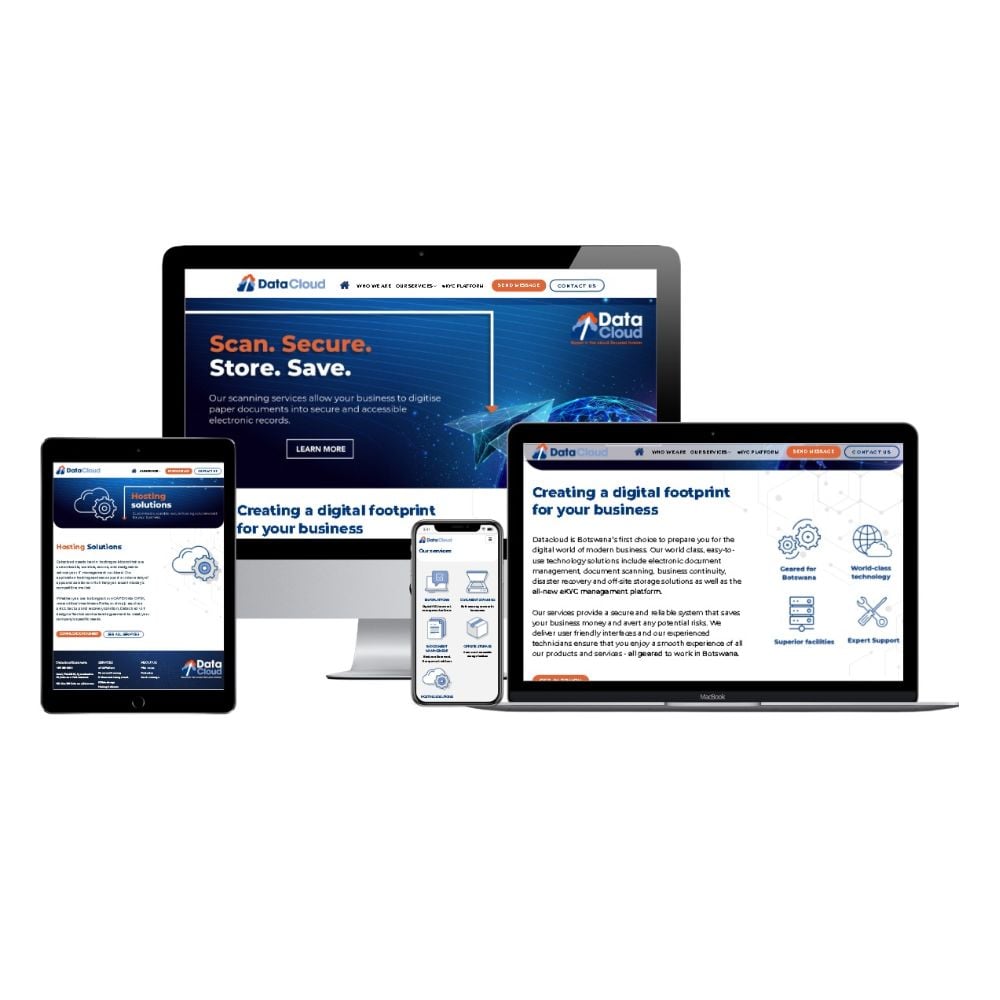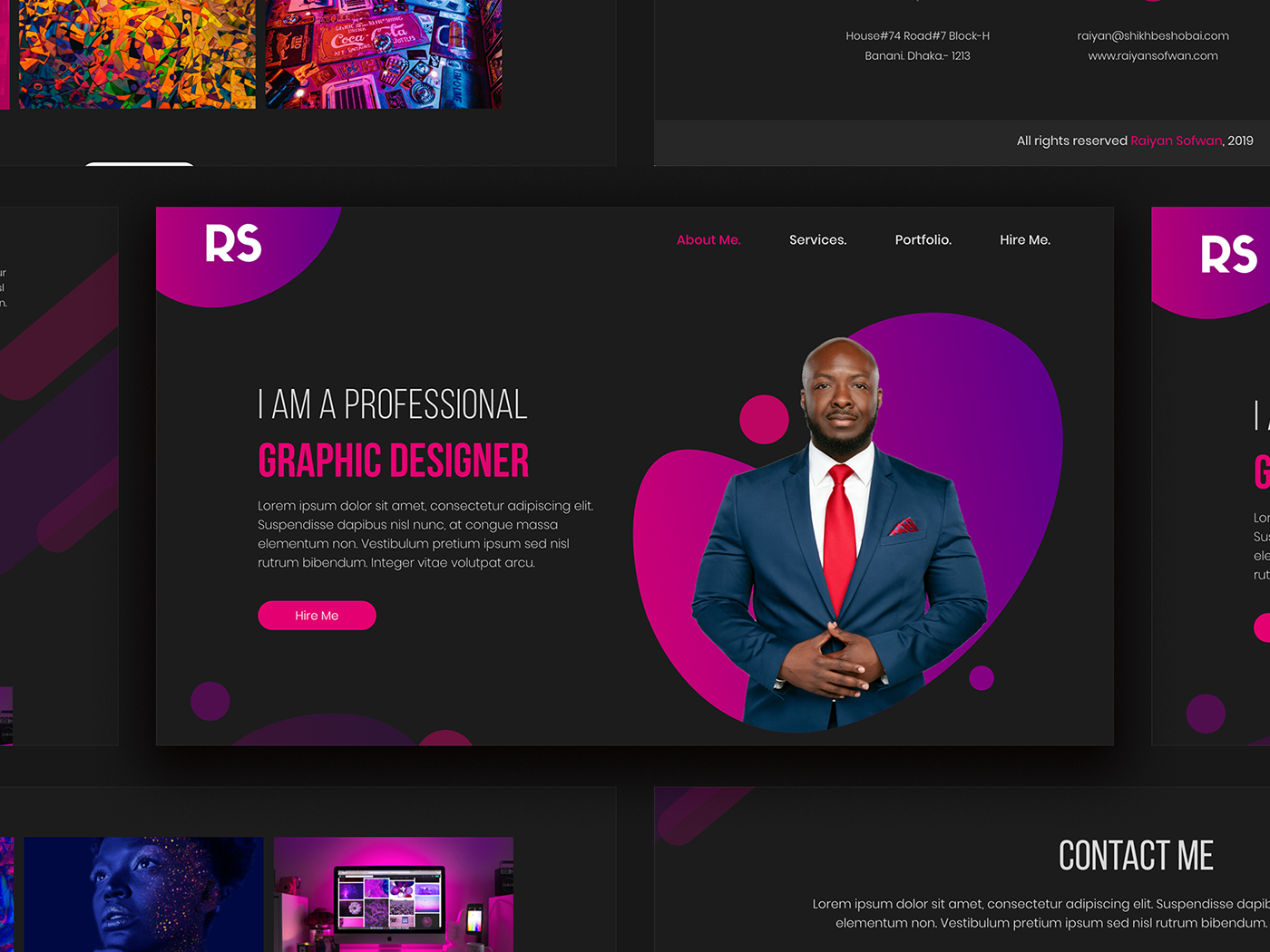Why Every Service Demands a Strong Website Design for Online Presence
Wiki Article
Key Strategies for Executing User-Centric Internet Site Design to Increase Engagement
When taking into consideration the execution of user-centric website layout, certain methods are instrumental in improving engagement. Complete research into customer requirements and preferences develops the structure, guiding the creation of individual characters to notify layout selections. Customizing material boosts individual complete satisfaction, and durable ease of access functions expand reach.Recognizing Individual Requirements
Understanding individual requirements is a fundamental action in the process of user-centric web site design. Methods such as surveys, meetings, and customer screening can provide beneficial qualitative and measurable data regarding just how customers interact with the web site.Evaluating this information enables developers to produce comprehensive user identities that stand for the different sections of the target market. These identities assist educate layout decisions by highlighting certain customer objectives and difficulties, assisting the advancement of functions that resolve these requirements successfully. Understanding the context in which individuals run-- such as their environment, gadget preferences, and time restraints-- can better improve the design method.
Empathy plays a critical role in this procedure, making it possible for developers to see the website from the customer's viewpoint. By prioritizing customer requirements, the design process ends up being a lot more concentrated, avoiding the inclusion of unneeded elements that might clutter the user experience. Inevitably, a deep understanding of individual demands contributes in crafting an internet site that is both functional and significant.
Designing Instinctive Navigation
Having actually developed an extensive understanding of individual demands, the next action in user-centric site style involves creating user-friendly navigation. Efficient navigation is essential to individual complete satisfaction, affecting just how easily customers can locate details and full jobs. To achieve user-friendly navigating, designers have to focus on simplicity and clearness, ensuring that the navigating framework is constant and sensible throughout the website.Organizing material into a clear hierarchy is vital. Website Design. Using acquainted tags and symbols can direct individuals easily, reducing cognitive tons and boosting the total individual experience. A well-designed navigating bar should be plainly positioned, allowing customers to recognize their current location and quickly discover other sections of the web site
It is also crucial to integrate interactive components such as breadcrumbs and search functionalities to help customers in browsing complicated sites. These attributes provide additional paths and enhance the ease of access of content, satisfying various individual preferences and behaviors.
Examining navigation with genuine customers is essential to identify possible pain factors and ensure performance aligns with customer expectations. Normal comments loopholes and iterative enhancements can aid maintain an effective navigation system that adjusts to evolving individual demands, eventually boosting engagement and complete satisfaction.
Developing Responsive Interfaces
Usually, producing responsive user interfaces is an essential element of modern internet design, guaranteeing that internet sites are useful and accessible throughout a wide variety of gadgets and display dimensions (Website Design). This adaptability is vital in a landscape where individuals gain access to material using smartphones, desktop computers, tablet computers, and laptop computers, each with varying orientations and resolutions. The main objective find of responsive style is to improve customer experience by keeping ideal readability and usability, no matter the tool usedTo achieve this, internet developers use adaptable grid formats, fluid pictures, and CSS media queries. Flexible grids permit site find out aspects to resize proportionally, while liquid images make sure visuals range appropriately without shedding top quality. Media queries play an essential duty by applying various designs based on the tool's features, such as size, elevation, and positioning, thus customizing the format to the user's screen.
Moreover, responsive interfaces add to improved seo (SEARCH ENGINE OPTIMIZATION) by supplying a seamless customer experience, which subsequently can reduce bounce prices and rise site interaction. In recap, taking on responsive design is not simply a technical factor to consider however a crucial strategy for fostering a user-centric internet environment that meets the demands of a diverse audience.

Personalizing Content Experience
Personalizing material experience is an essential part of user-centric website style that includes tailoring content to meet the one-of-a-kind preferences and habits of private users. This approach not just enhances individual complete satisfaction but also promotes much deeper involvement, as visitors are most likely to connect with material that resonates with their demands and passions. By leveraging data analytics and individual responses, services can identify patterns and patterns that inform the modification of internet material.Integrating personalization techniques can range from easy modifications, such as suggesting products based upon browsing background, to more advanced strategies like vibrant content that adapts in real-time to a user's interactions. For instance, individualized landing pages can significantly increase conversion rates by supplying users with relevant information and supplies that straighten with their previous activities and preferences.
Additionally, using man-made knowledge and device discovering can my latest blog post even more improve content customization by continuously gaining from customer habits and adjusting to arising fads. This not just boosts the user's trip yet likewise develops brand name commitment, as clients really feel recognized and valued. Ultimately, customizing the content experience is a necessary technique for businesses intending to create a much more appealing and significant interaction with their audience.
Enhancing Accessibility Features
Enhancing ease of access functions is a basic facet of user-centric internet site layout, ensuring that digital material is functional by everyone, consisting of people with disabilities. This method not just abides by legal standards such as the Americans with Disabilities Act (ADA) and the Internet Web Content Ease Of Access Standards (WCAG) but likewise significantly broadens an internet site's audience reach. By incorporating attributes like key-board navigation, display reader compatibility, and alternative text for images, sites become more inclusive, giving a seamless experience for users with visual, acoustic, or motor disabilities.Integrating receptive design components is important, facilitating accessibility on numerous devices and display dimensions, thereby suiting users with various preferences and needs. Contrast ratios and message dimension changes can boost readability for people with aesthetic difficulties. Providing succinct and clear material framework, such as checklists and headings, help understanding and navigating, particularly for individuals with cognitive disabilities.
Normal access audits need to be performed to recognize and rectify potential barriers, making certain continued conformity and use. By prioritizing ease of access, services not just foster inclusivity yet additionally boost overall user involvement and satisfaction, inevitably driving higher conversion prices and enhancing brand name loyalty.

Conclusion
Including user-centric layout techniques dramatically boosts site engagement by focusing on the demands and choices of users. Thorough research assists in the development of customer personas, leading targeted style choices.Comprehensive study right into customer needs and preferences creates the foundation, assisting the production of user personalities to inform style options. Techniques such as studies, interviews, and user screening can supply beneficial qualitative and measurable information concerning how individuals engage with the website.
By prioritizing individual demands, the style procedure becomes a lot more concentrated, stopping the addition of unneeded components that might clutter the user experience. Effective navigating is essential to user fulfillment, influencing exactly how quickly individuals can locate info and complete tasks. The use of acquainted labels and icons can assist individuals effortlessly, decreasing cognitive lots and improving the general customer experience.
Report this wiki page